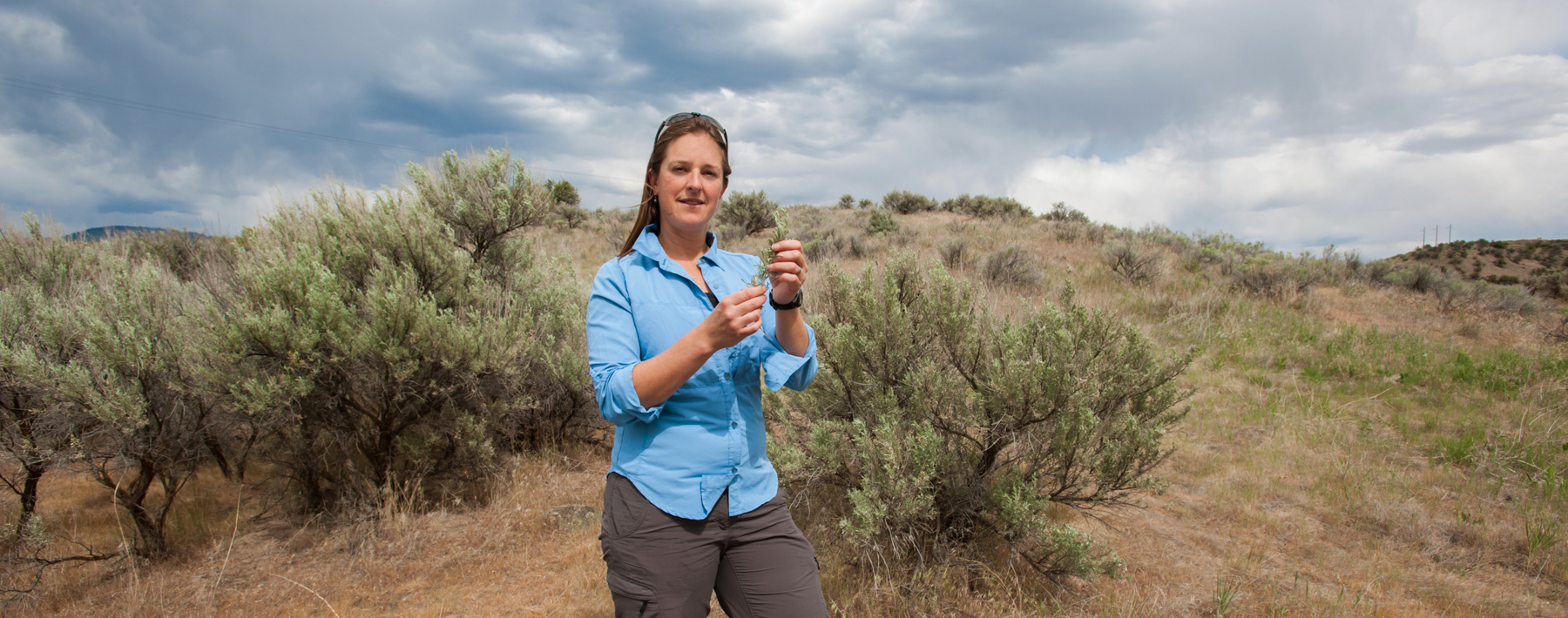Demographic Costs and Benefits of Natural Regeneration During Tropical Forest Restoration
Contribution Type
Article
Publication or Presentation Date
1-2019
Disciplines
Environmental Sciences | Environmental Studies
Abstract
For tropical forest restoration to result in long-term biodiversity gains, native trees must establish self-sustaining populations in degraded sites. While many have asked how seedling recruitment varies between restoration treatments, the long-term fate of these recruits remains unknown. We address this research gap by tracking natural recruits of 27 species during the first 7 years of a tropical forest restoration experiment that included both planted and naturally regenerating plots. We used an individual-based model to estimate the probability that a seedling achieves reproductive maturity after several years of growth and survival. We found an advantage for recruits in naturally regenerating plots, with up to 40% increased probability of reproduction in this treatment, relative to planted plots. The demographic advantage of natural regeneration was highest for mid-successional species, with relatively minor differences between treatments for early-successional species. Our research demonstrates the consequences of restoration decision making across the life cycle of tropical tree species.
Volume
22
Issue Number
1
Page Numbers
34-44
DOI Link
http://dx.doi.org/10.1111/ele.13165
Recommended Citation
Caughlin, T. Trevor; de la Peña‐Domene, Marinés; and Martínez‐Garza, Cristina, "Demographic Costs and Benefits of Natural Regeneration During Tropical Forest Restoration" (2019). Ecology, Evolution, and Behavior. 2.
https://scholarworks.boisestate.edu/eeb/2


